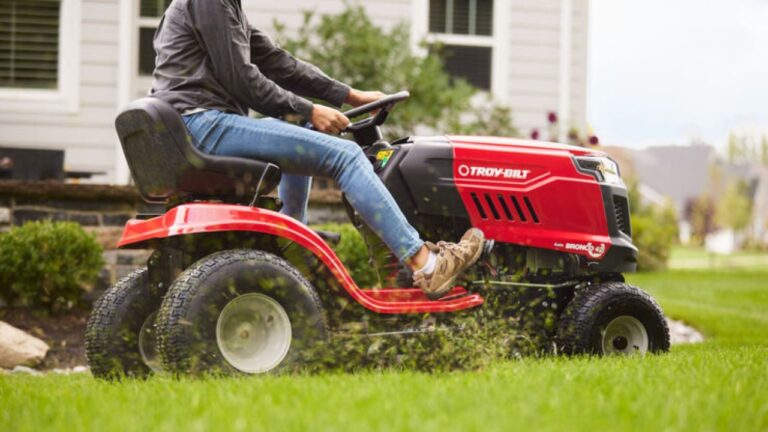10 Things You’re Doing in the Heat That Are Wrecking Your Garden Beds
Summer heat can absolutely wreck a garden if you’re not paying attention. It’s not just about watering more—some things that seem helpful actually cause more damage when the temperatures spike. Your plants are already stressed trying to survive the heat, and a few common habits can push them over the edge fast. If your garden beds are looking rough this summer, chances are one of these mistakes is the reason.
Watering in the Middle of the Day
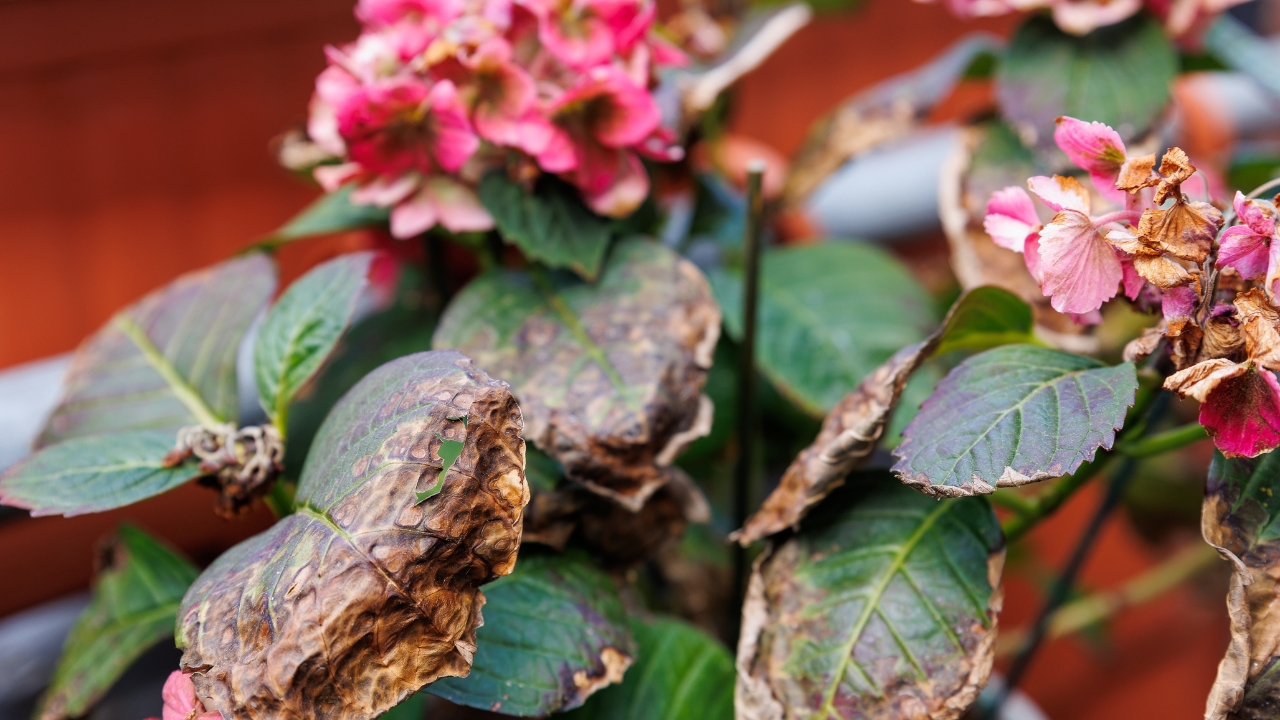
Watering during the hottest part of the day feels helpful but does almost nothing. Most of the water evaporates before it even hits the roots.
It also risks scorching leaves when water droplets act like magnifying glasses. Early morning is always the best time—your plants actually get the moisture they need before the heat ramps up.
Overwatering Because It’s Hot
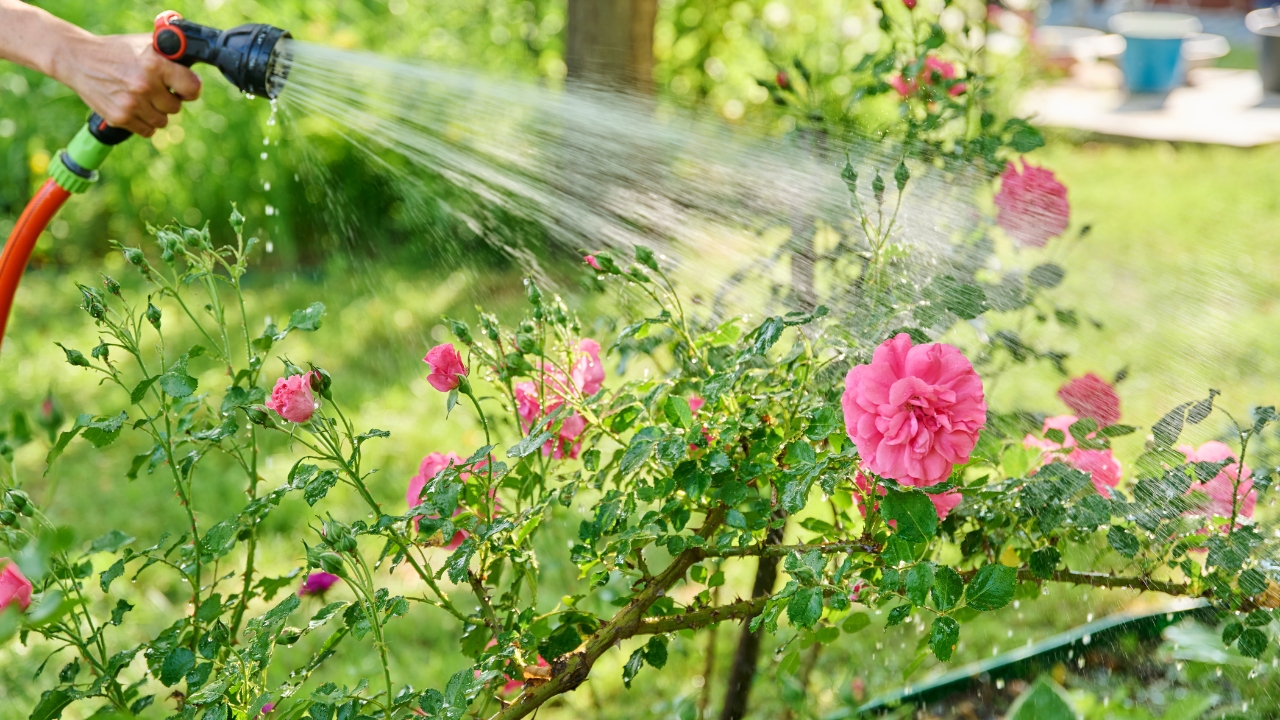
It’s tempting to think more water solves everything, but overwatering in the heat leads to root rot fast. Hot, wet soil with poor drainage is a recipe for disaster.
Check the soil before watering. If the first couple of inches are still damp, hold off. Your plants need moisture—but they also need oxygen around their roots.
Ignoring Mulch
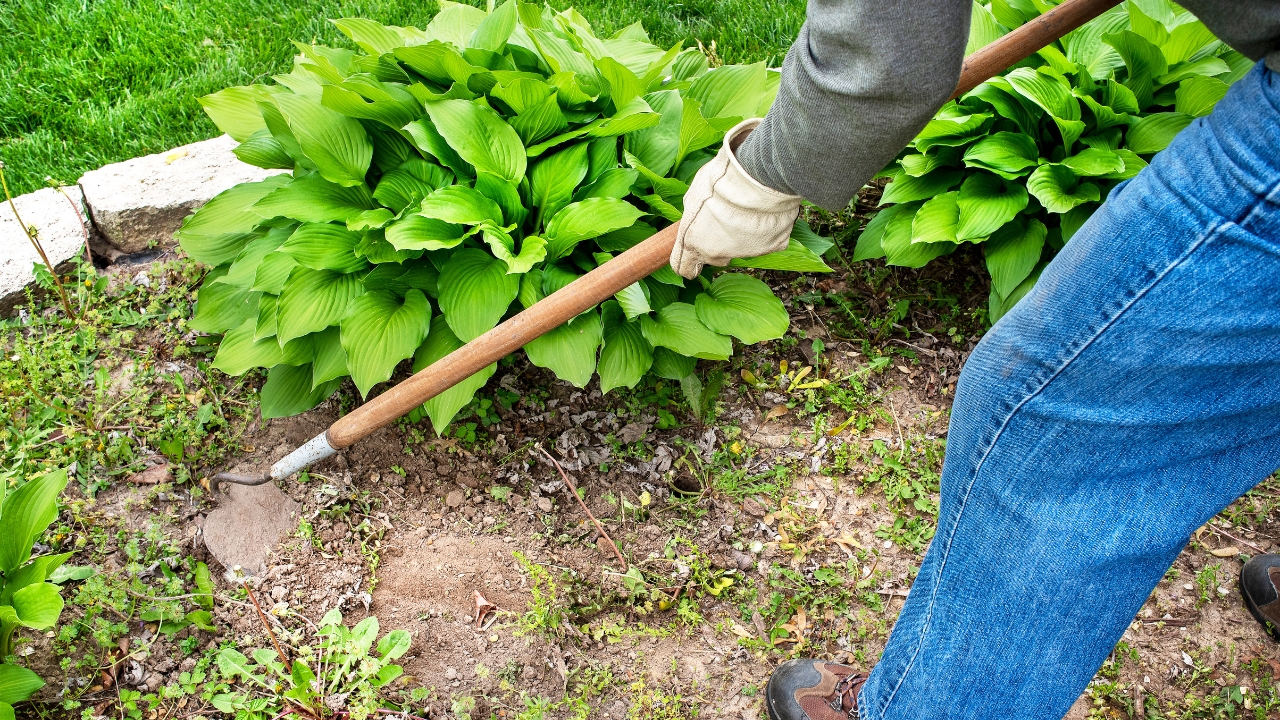
Bare soil bakes in the sun. Without mulch, moisture evaporates faster, roots heat up, and weeds take over.
A good two to three inches of mulch acts like insulation for your garden beds. It locks in moisture, keeps soil cooler, and saves your plants from the worst of the afternoon heat.
Fertilizing During a Heat Wave
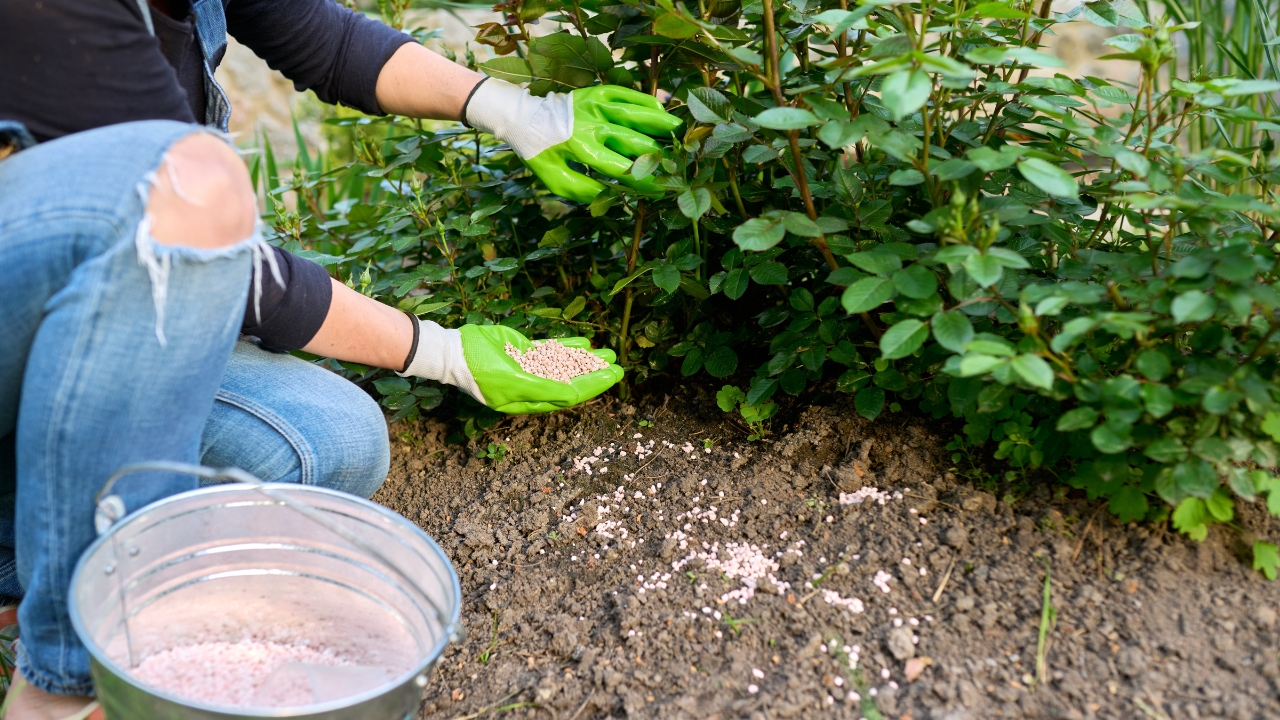
Fertilizer during extreme heat stresses plants even more. It forces them to grow when they’re already struggling just to survive.
Most plants would rather pause growth and focus on staying alive. Wait until temps cool down before adding fertilizer. Otherwise, you risk burning roots and stressing the whole plant.
Cutting Back Too Harshly

Pruning seems like a good idea, but cutting too much during high heat exposes stems and roots to the sun. That leads to sunscald and shock.
Light trimming is fine if needed, but save heavy pruning for cooler weather. Your plants need all the shade and protection their leaves can offer right now.
Letting Weeds Take Over

Weeds compete for every drop of moisture, and in the heat, that’s a fight your plants can’t afford to lose. Plus, weeds shade the soil—but not in a good way.
Staying on top of weeds is critical in summer. Pull them before they get big enough to steal water and nutrients from your actual plants.
Using Dark or Plastic Mulch

Some mulches can backfire in extreme heat. Dark mulch absorbs too much heat, and plastic mulch traps it underneath like an oven.
Stick to natural mulches like shredded bark, straw, or wood chips. They regulate soil temperature without cooking your plants from the top down.
Skipping Shade When Plants Need It

Some plants handle full sun fine—others don’t. When the heat turns brutal, temporary shade can save a struggling garden bed.
Old sheets, shade cloth, or even patio umbrellas can make a big difference. A few degrees cooler means less stress and better survival for sensitive plants.
Planting New Stuff in Peak Heat
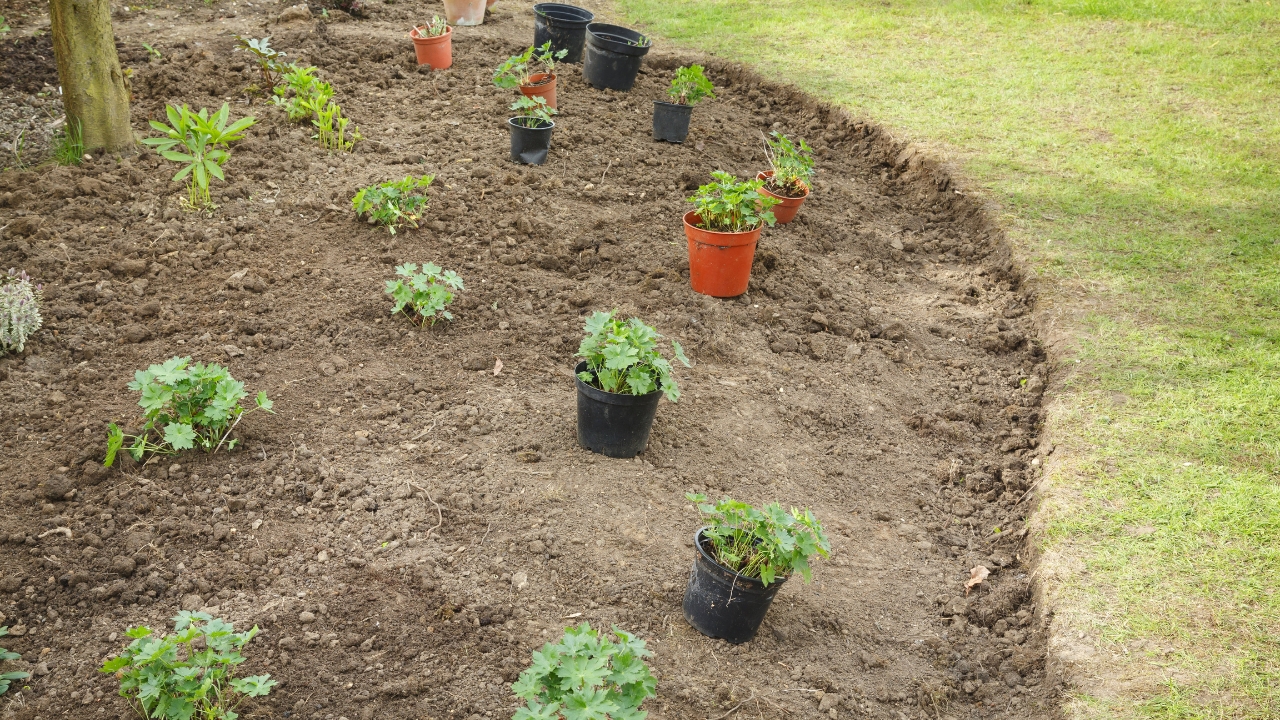
Trying to add new plants during a heat wave is asking for failure. New roots can’t keep up with the moisture demands in high heat.
Hold off on planting until early fall or when temperatures back off. If you absolutely have to plant, baby those plants with extra shade and water.
Forgetting to Check the Soil
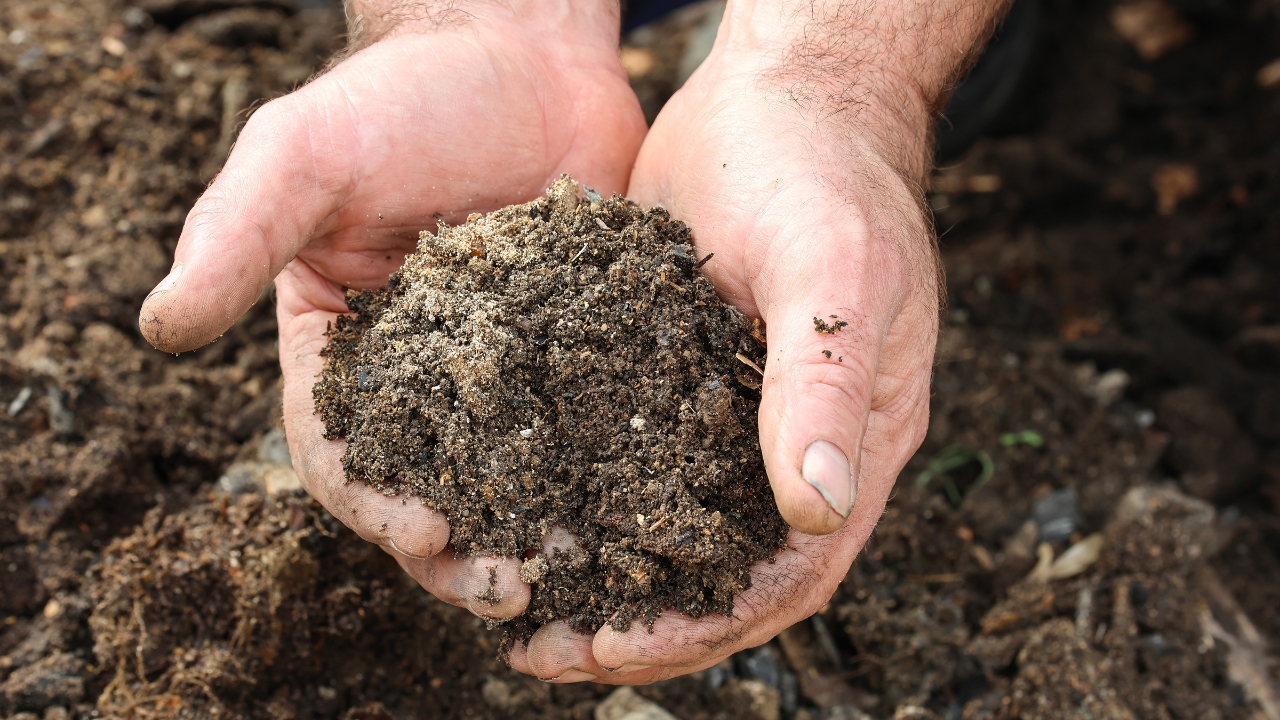
Looks can be deceiving. The top might look dry while the soil underneath is still fine—or vice versa. Guessing leads to either drowning or starving your plants.
Use your hand, a stick, or a moisture meter to check how deep the dryness really goes. Water based on what the roots actually need—not how the surface looks.
*This article was developed with AI-powered tools and has been carefully reviewed by our editors.




